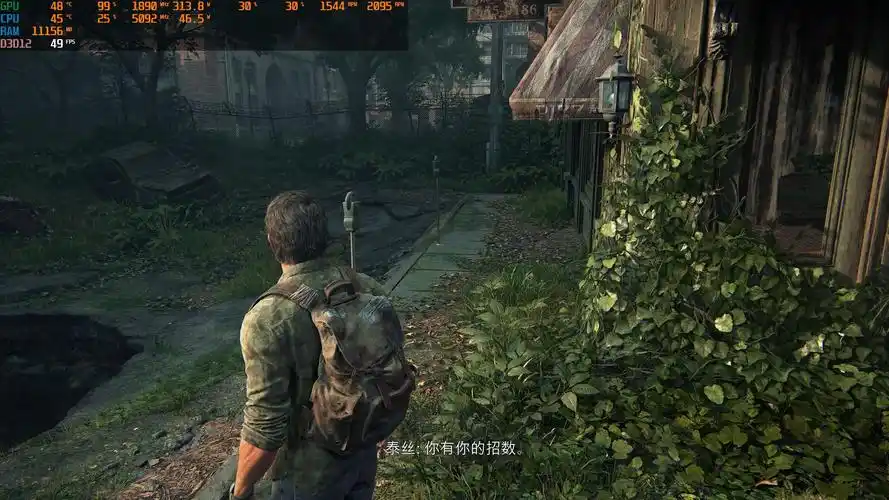Title: Enhancing Realism and Challenge: The 'Place Missions' Update in Emergency Vehicle Lane Sign Installer Simulator VR
The world of virtual reality (VR) simulation is continuously evolving, pushing the boundaries of immersion and practical training. A standout title in this niche yet critically important genre is Emergency Vehicle Lane Sign Installer Simulator VR. This game offers players a unique opportunity to step into the boots of a first responder tasked with the crucial job of deploying lane signs to ensure the safety of emergency crews and the public during road incidents. The latest major update, dubbed the "Place Missions" Update, represents a significant leap forward, transforming the experience from a simple procedural task into a deeply engaging, dynamic, and high-stakes professional simulation.
The Core Gameplay Reinvented
Prior to the update, the focus was primarily on the mechanics of the installation process itself: driving the specialized vehicle, selecting the correct signs, and physically placing them on the road. The "Place Missions" update builds upon this solid foundation by introducing a layer of strategic decision-making and environmental interaction that was previously absent.
The central pillar of this update is a new game mode comprising a series of structured missions. Each mission is no longer just about placing signs correctly; it's about placing them optimally based on a specific, unpredictable emergency scenario. Players are no longer working in a sterile, empty environment. Instead, they are thrust into vividly realized crisis situations.
Key Features of the Place Missions Update
1. Dynamic Scenario-Based Missions: Gone are the generic stretches of highway. The update introduces a diverse portfolio of scenarios. One mission might involve a multi-vehicle collision on a rain-slicked nighttime freeway with limited visibility. Another could task the player with securing the perimeter around a chemical spill on a suburban street, requiring specific hazardous material signs. A third might simulate a high-speed pursuit aftermath on a curved road, where the placement of advance warning signs is critical to prevent secondary accidents. Each scenario comes with a unique brief, outlining the nature of the emergency, weather conditions, time of day, and specific objectives.
2. Intelligent Traffic and Pedestrian Systems: A true safety professional must work amidst chaos. The update introduces a sophisticated AI system for traffic and pedestrians. Cars will now attempt to navigate around the incident scene based on your sign placement, but they can also make mistakes—swerving unexpectedly or rubbernecking. Pedestrians might wander into the operational area, forcing the player to remain vigilant. This creates an immense pressure to not only deploy signs quickly but also to create a safe "bubble" that protects both the public and the responding emergency teams.
3. Realistic Physics and Consequences: The "Place Missions" update introduces a more robust physics engine. Improperly deployed signs can be knocked over by passing vehicles or strong wind gusts, instantly failing the mission's safety rating. The weight and handling of the sign installer vehicle are also more pronounced, making navigation through congested areas a delicate task. This emphasis on consequence deeply enhances the realism and stakes of every action.
4. Grading and Performance Metrics: Upon mission completion, players are no longer simply told they succeeded. They receive a detailed performance report card. This report grades them on:
- Speed: How quickly the safe zone was established.
- Accuracy: Correct placement of signs as per official safety protocols (e.g., correct distance from the incident, proper spacing between signs).
- Safety: Did any civilian vehicles enter the secured zone? Were any signs struck?
- Resource Management: Using the minimum number of signs required to effectively secure the area.
This grading system adds a powerful replayability factor, encouraging players to perfect their technique and climb the online leaderboards.
5. New Equipment and Customization: To tackle these new challenges, the update expands the player's toolbox. New sign types, such as "HAZMAT," "Road Closed," and "Flooding" are introduced. Furthermore, players can now customize their installation vehicle with different light patterns, sirens, and performance upgrades, allowing them to tailor their approach to each mission's specific demands.

The Impact on Training and Immersion
Beyond its value as entertainment, the "Place Missions" update significantly boosts the game's utility as a training tool. For students in public safety, logistics, or civil engineering, the game now offers a risk-free environment to understand the complexities of traffic management plans. The need to assess a situation quickly, anticipate the flow of traffic, and deploy resources efficiently mirrors real-world decision-making processes with zero real-world risk.
The immersion factor is unparalleled. The combination of VR's innate sense of presence—hearing the virtual rain patter on your helmet, the Doppler effect of sirens, and the tense urgency of the mission brief—creates a palpable sense of stress and purpose. This isn't a game about installing signs; it's a game about saving lives through preparation and precision.
Conclusion
The "Place Missions" update for Emergency Vehicle Lane Sign Installer Simulator VR is a masterclass in how to deepen a simulation experience. It successfully transplants the player from a sterile training ground into the heart of chaotic, unpredictable emergency scenarios. By introducing dynamic elements, consequential physics, and a rigorous grading system, it elevates the gameplay from a simple repetitive task to a compelling test of skill, knowledge, and composure under pressure. This update firmly establishes the simulator not just as a novel VR curiosity, but as a deeply engaging and respectably challenging title that sets a new standard for vocational simulations in virtual reality.
Tags: VR Gaming, Simulation Game, Game Update, Emergency Response, Virtual Reality, Serious Games, Traffic Management, Public Safety Training, VR Simulation, Place Missions Update


















